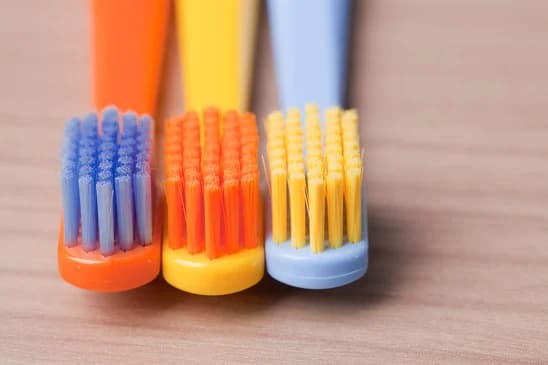The Long-term Effects of Plaque Buildup

How Plaque Forms
Plaque forms after bacteria colonize. The natural food source for oral bacteria is sugar compounds—in any form, including starches. As bacteria feed on sugar, they colonize and form the sticky, translucent substance known as plaque, which is essentially a film that coats teeth and accumulates along the gums.
Most daily plaque deposits can be removed with proper brushing and flossing; however, even if a patient practices adequate oral hygiene, some plaque can be missed. Within a couple days, left over plaque hardens into tartar.
The Effects of Plaque and Tartar Buildup
Both tartar and plaque are full of irritating and potentially harmful oral bacteria. When both of these substances buildup, they will inflame the gums and can ultimately lead to gum (periodontal) disease. Untreated gum disease can develop into an aggressive condition that produces a chronic infection and loosens the roots of teeth from the bone and gums. Advanced gum disease is the leading cause of tooth loss.
Plaque buildup also weakens teeth. This is because bacteria produce acid as a by-product when they feed and colonize. Acid removes important minerals in tooth enamel that help protect teeth against cavity-causing bacteria. If tooth decay goes untreated, teeth can become infected and even abscessed.
All of these conditions can affect the health of the oral cavity and may require tooth extractions, tissue grafting procedures, and replacement teeth such as dental implants.
If your dentist has referred you to Charlottesville Oral Surgery & Dental Implant Center, call our office to speak with a member of our team about scheduling a consultation.